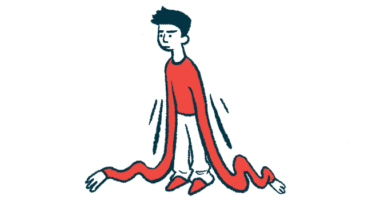Astellas Pharmaceuticals Features Cure SMA on New, Patient-Centered Web Resource

Astellas Pharmaceuticals is featuring Cure SMA on its new ‘Changing Tomorrow Together’ website, an online resource created by the company to stimulate dialogue and the sharing of ideas and information across disease advocacy communities. The Cure SMA feature is a “spotlight piece” written by the group’s research director, Jill Jarecki.
 The piece discusses Cure SMA’s research model, how and why the organization funds different areas of research, and the pivotal role the SMA community plays in drug development. SMA drug development has become a model to the rare disease community, and one that many wish to match, according to a press release put out by the group.
The piece discusses Cure SMA’s research model, how and why the organization funds different areas of research, and the pivotal role the SMA community plays in drug development. SMA drug development has become a model to the rare disease community, and one that many wish to match, according to a press release put out by the group.
Over the last 30 years, Jarecki wrote in the feature, Cure SMA has invested $59 million through more than 200 research grants, to ensure the drug pipeline for spinal muscular atrophy (SMA) continues “to grow aggressively” in spite of “the numerous challenges of bringing a new rare disease treatment through development to approval.”
The “Changing Tomorrow Together” forum is also aimed at fostering patient-focused collaboration, sharing best practice examples, and providing resources for the improvement of patient care.
Jarecki’s spotlight piece comes at a time when Astellas is collaborating with Cytokinetics to develop a muscle activator for SMA, called CK-2127107, that is currently being tested in a Phase 2 clinical trial. The double-blind, randomized, placebo-controlled study, in two ascending dose cohorts, is designed to assess the pharmacodynamics effect of CK-2127107 on measures of skeletal muscle function or fatigue in patients with SMA.
Other ongoing projects involving Cure SMA include Global Genes Rare Toolkits, TRAIN, and Partnering for Cures.
SMA is the result of mutations or deletions of the SMN1 gene, which encodes the protein SMN, crucial for motor neuron survival.







